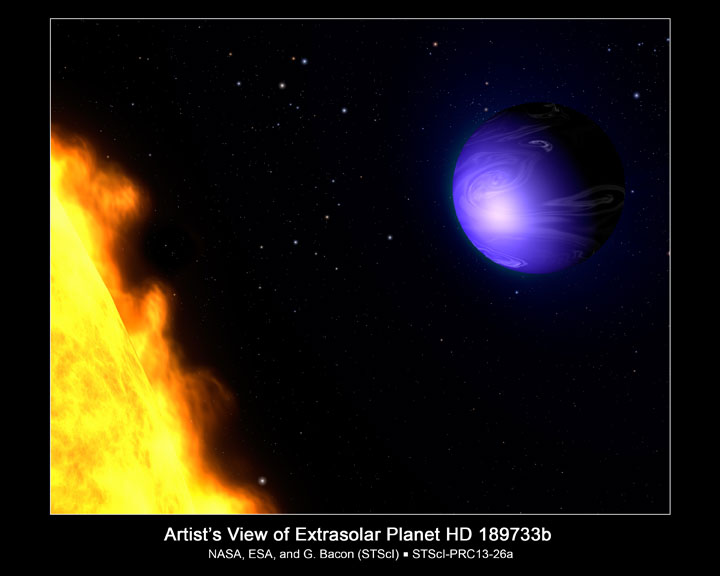TORONTO – Earth isn’t the only blue planet out there, it seems.

Astronomers using NASA’s Hubble Space Telescope have determined that a planet 63 light-years away resembles the colour of Earth. Of course, this planet isn’t exactly human-friendly: it’s 3900°C during the day, and when it rains, it rains glass — sideways.
Unlike Earth, the colour of the planet comes from the atmosphere which contains silicate particles. When the silicate condenses, instead of forming gentle water droplets, astronomers believe it forms small drops of glass that scatter blue light rather than red light.
“We obviously don’t know much on the physics and climatology of silicate clouds, so we are exploring a new domain of atmospheric physics,” said team member Frederic Pont of the University of Exeter, South West England, the United Kingdom.
The planet, HD 189733b, was discovered in 2005 and is considered a “hot Jupiter”: a large planet, roughly the size of the biggest planet in our solar system.


Comments